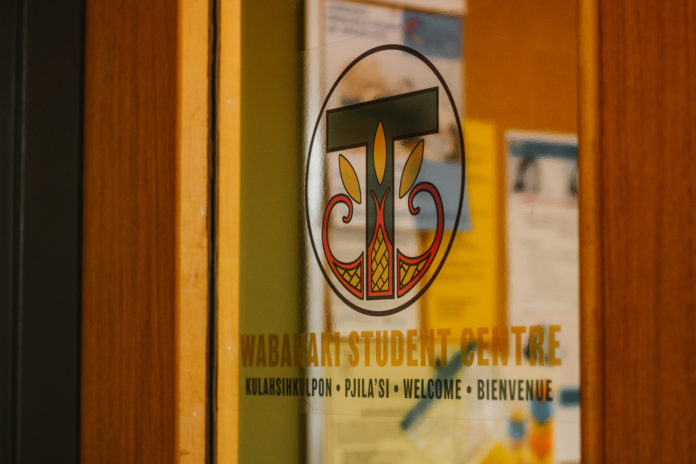With the National Day of Truth and Reconciliation coming up on Sept. 30, The Aquinian’s social media and advertising editor, Violet Armistead, asked several Indigenous students at St. Thomas University what truth and reconciliation means to them.
Emily Storey
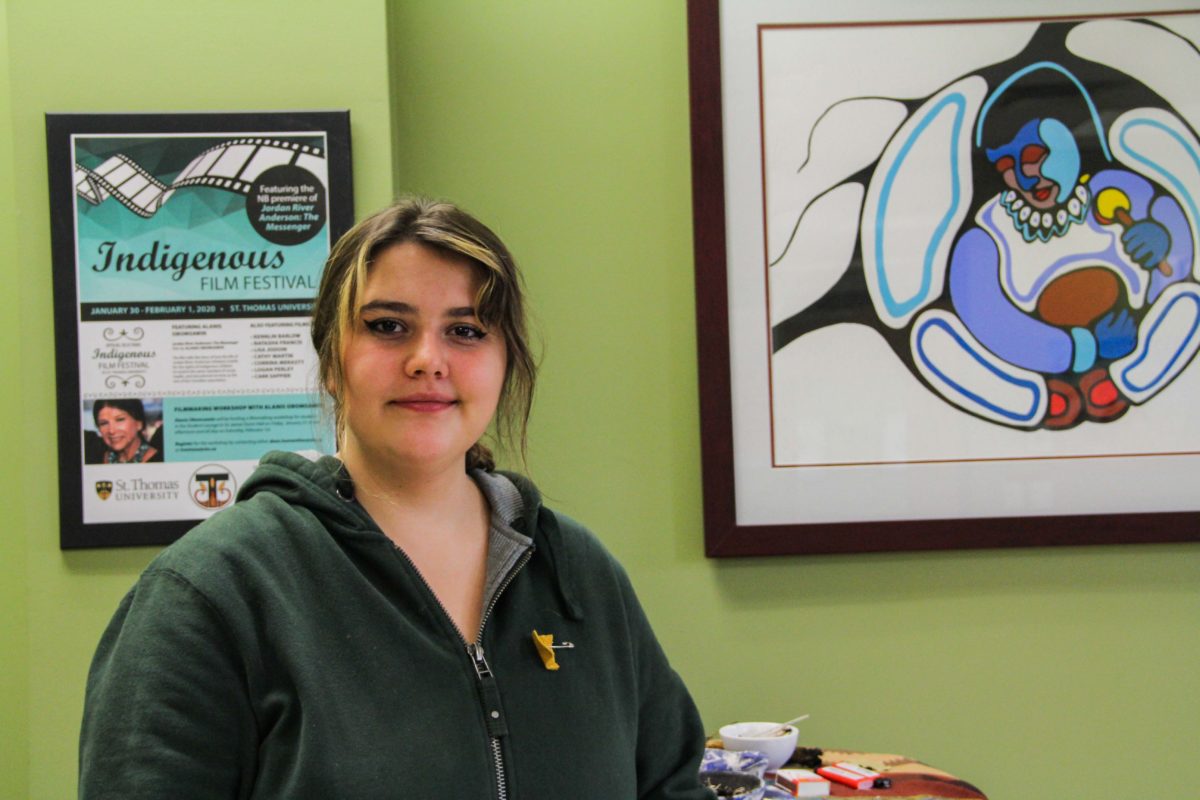
“For me, my identity has more so become who I am,” she said.
“Identity to me would be how I express myself. I started really learning about my culture in the last couple years. I didn’t grow up with it; it was very foreign to me. I attended pow wows and now, I bead.”
Stevie DeMerchant
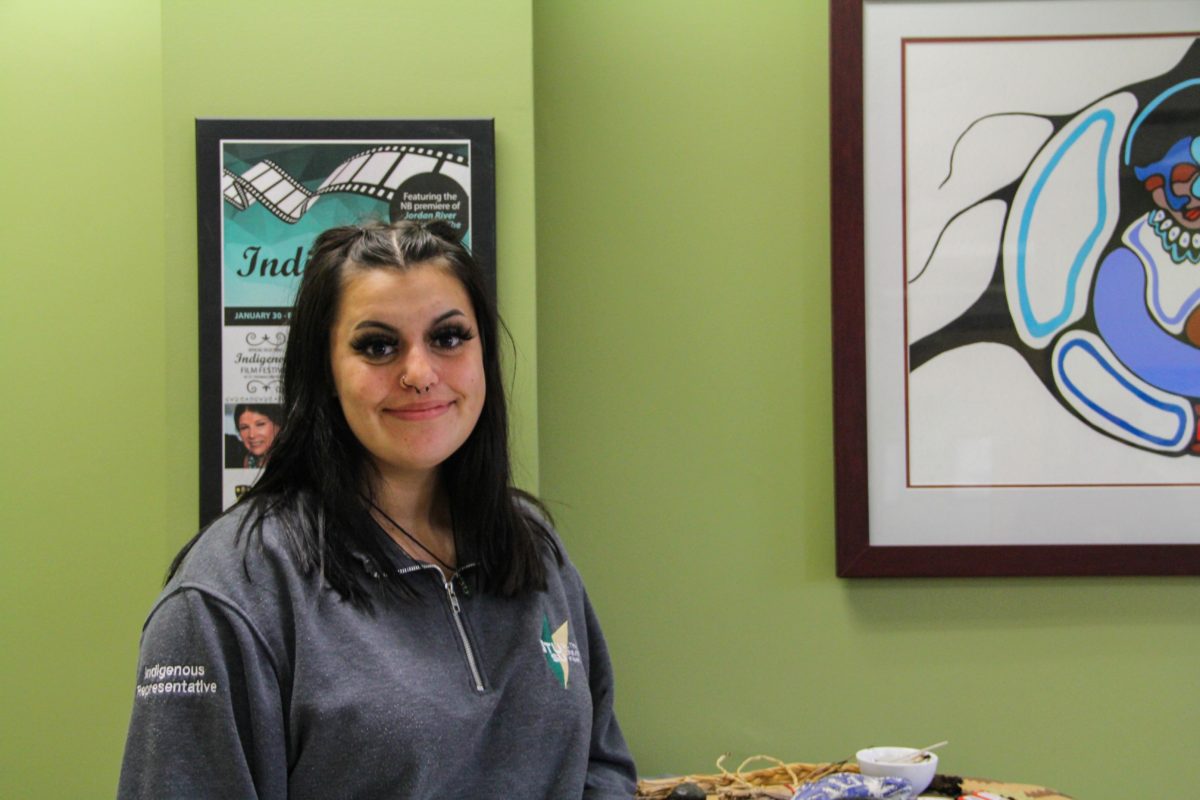

“For me, my identity means a lot,” she said.
“There’s been a long period of time in my life that I’ve internalized racism and unfortunately [have] not been able to express myself to my full extent. Within this environment at St. Thomas and with the supportive community, I’ve been able to explore myself and my community.”
Jonah Simon
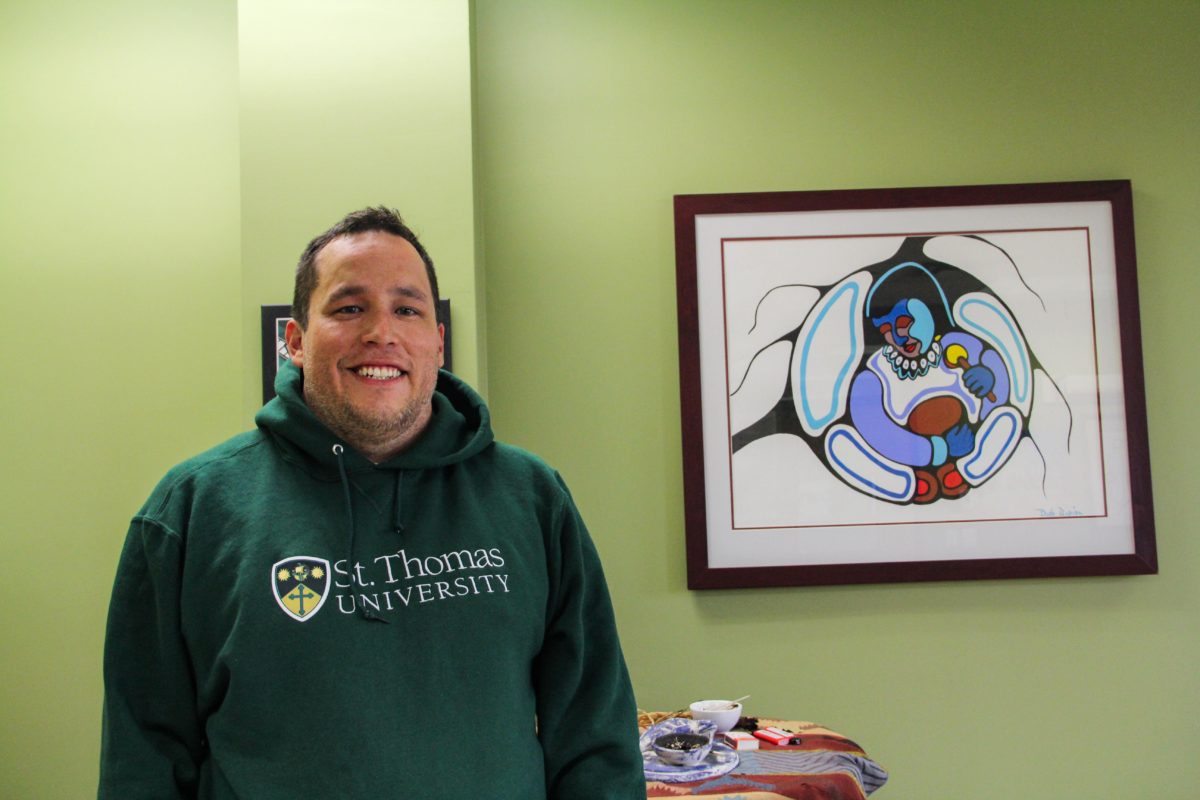

“Truth and Reconciliation to me means repairing the relationship between the Indigenous people of Canada, and not just with the Government of Canada, but also the rest of Canada,” said Simon.
“We need to try to help people understand that Canada does have a dark history and that they should accept it, so we can go forward in a more positive manner.”
Kamryn Saulis
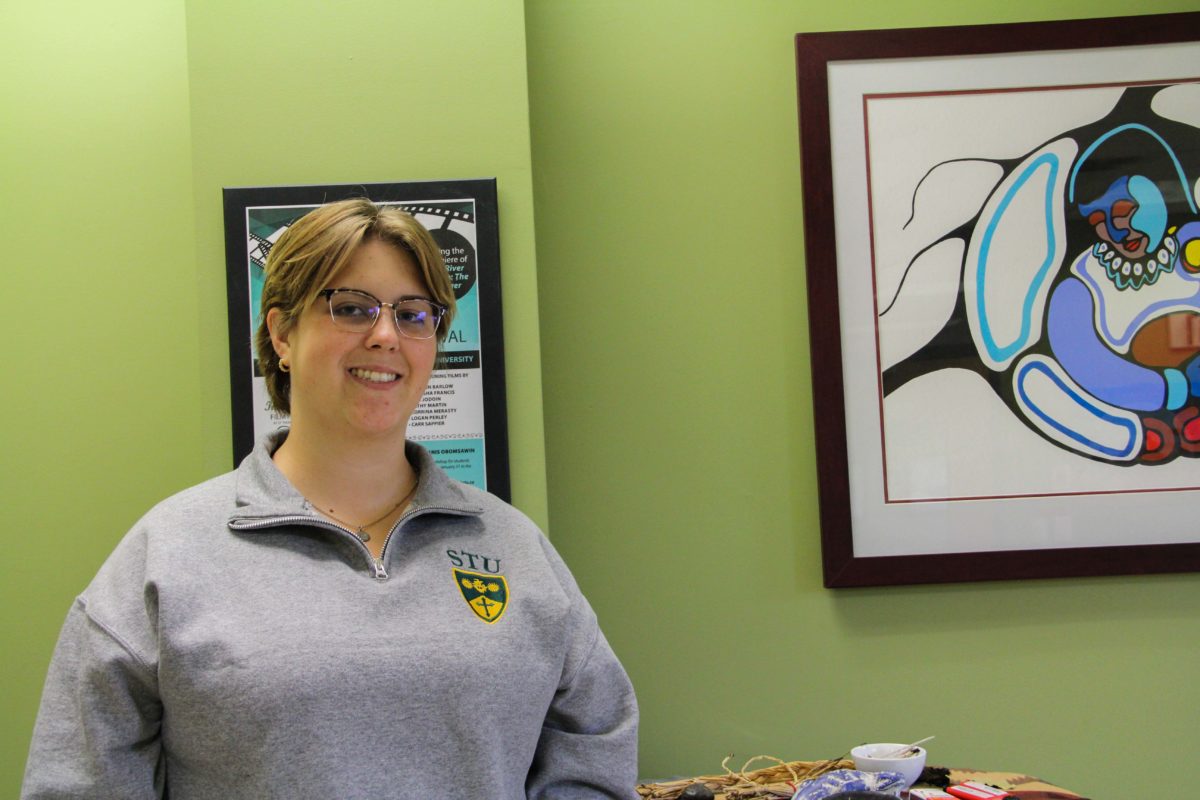

“I’m Wolastoqey. I find that that is something I’m very proud of. For me, it’s a source of connection,” she said.
“We have so many family members and community members that are basically just family members. This includes animals, nature, those that have walked the Earth that are no longer with us … we’re all connected.”

